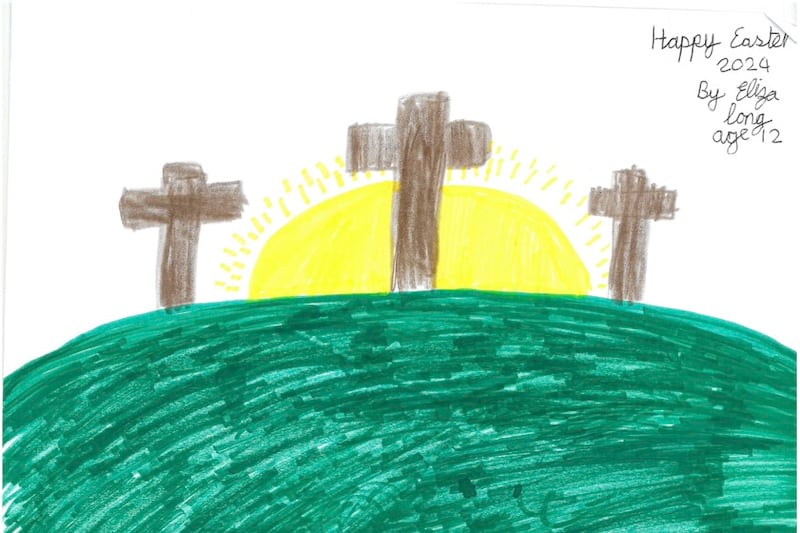The Last Priests in Ireland, RTE 1, Monday and RTE Player
You had to wonder what was coming when the The Last Priests in Ireland opened with Fr Dougal visiting Knock, the kitsch home of Irish Catholicism.
But there was little to worry about. This was a thoughtful assessment of what Ireland might look like in the next couple of decades if there are few or no Catholic priests left.
The warning signs have been there for some time and the Church has been trying to adapt to its dwindling resources as vocations collapse.
Rather than sending missionary priests abroad we’ve been taking them in from other countries. The rules have been changed to allow married men to become deacons and administer some of the Sacraments, while parishes have merged and there’s also talk of dioceses merging.
Other than being the actor behind Fr Dougal McGuire in Father Ted, Ardal O’Hanlon didn’t have the most obvious qualifications to present this documentary.
Although he was “very holy” around seven or eight-years-old and thought at the time he might have had a vocation, he presented himself as a lapsed Catholic, embarrassed and angry at the conduct of the Catholic Church around child sex abuse.
He is an “agnostic, hostile to a disgraced Church”.
Nonetheless, childhood and family friends were priests and he clearly thought highly of them.
We met Fr Martin Donnelly, who grew up with O’Hanlon in Monaghan and is now attached to a parish in Wales
He accepted that it was difficult to be a priest around the time of the abuse scandals but said his vocation was like when a couple meet and they just know they are going to be married. His calling to God was like meeting his wife, he said.
We also met a soldier/priest (another family friend of the O’Hanlons) who served in the missions in Africa for 17 years before returning home to take up a chaplaincy post with the Irish Defence Forces.

He was happy with his life but regrets not having the opportunity to experience the joy of children.
Another guest was Father Ted co-creator Arthur Matthews, who had two uncles who were priests and whose great, great uncle was Cardinal Cullen.
Cullen was said to have profoundly changed the Irish Catholic Church with his set of Rome-inspired decrees in 1850 which directed it away from Celtic traditions and towards Victorian prudishness.
After independence the Free State leaned further into Church conservatism, basking in its reputation as one of the most Catholic countries in the world.
And by the middle of the 20th century, Ireland was producing an inordinate number of priests and the Church had been “given the keys of the sweet shop” by a subservient government.
“Did they lose the run of themselves?” O’Hanlon asks rhetorically.
He notes that in the year of his birth, 1965, there were 400 seminarians but by 2023 the number was just 10.
There are a series of closed seminaries around the country with O’Hanlon touring Clonliffe (opposite Croke Park) which had been built by Cullen but now lies desolate, purchased by property developers and awaiting its destruction or renewal.
I visited a seminarian friend in Maynooth some years ago and the main corridor, which was lined with class photographs, was a striking visual representation of decline.
Up to the 1960s the framed photographs were of mass gatherings, then football squads, followed by football teams and finally five-a-side teams.
O’Hanlon never formed an opinion as to whether the culmination of this decline is a good or a bad thing, but simply that the Church and its priests are “an unavoidable part of our cultural DNA”.








